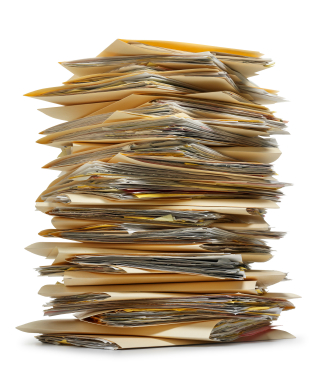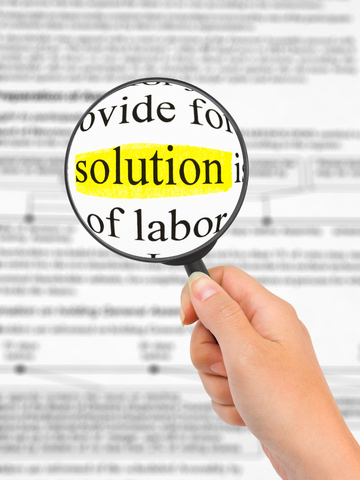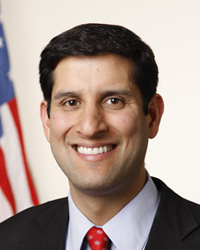Online document management has long been known to enable organizations to eliminate errors associated with lost documents, duplicate documents and document access. By storing your documents in a secure central repository you can minimize, if not totally eliminate, the mistakes that are caused by people handling paper, and even in some cases, electronic documents.
Your Document Management Knowledge Center
How many times have you heard the phrase “human error”? Usually this phrase is associated with a person interacting with technology and the blame being placed on the person.
It’s funny but we usually think about collaboration as a good thing. Employees working together to solve problems and to move your business forward is a goal that separates successful organizations from unsuccessful organizations.
Over the years, many document management systems have come and gone. What was once state of the art is now obsolete, unsupported or the unwanted stepchild of a large company. So what do you do if you are in this position?
About 15 years ago, before I was associated with DocuVantage, I learned the difference between buying document management and using document management. This was in the days when the only way to buy document management was to buy software licenses and then install the software on your servers.
We’ve all had difficult problems to deal with that required a thoughtful resolution. This is true in our personal lives as well as our professional lives. Unfortunately there is a fine line between thoughtful and procrastination. At times, many of us cross that line.
The United States government has issued a mandate for federal agencies, stated simply, “move to the cloud”. Federal agencies are now required to take a “cloud first” approach. If an application exists on the cloud and is cost-effective, reliable and secure, then the Office of Management and Budget (OMB) requires the agency to use the cloud application by default.
If you think about the number of children in the world, it’s obvious that Santa has the largest manufacturing and distribution facility on the planet. Can you imagine what it takes to run a facility this large?
As I read more and more about the leaking of US government documents, I can’t help but wonder what type of security was in place. In recent times, WikiLeaks has gained access to 400,000 documents detailing the Iraq war and more than 250,000 documents from the state department. Given the volume of documents, it seems doubtful that the documents were stored in a document management system with multiple levels of security permissions.
Unfortunately pure belief in their cause is not enough. Doing “good” in the world requires funding. And funding always comes with strings attached. There are always expectations to meet and expectations to manage. How well an NGO manages these expectations directly relates to their success as an organization.
You would think that an NGO would be measured purely on their ability to carry out their mission. Well in many ways they are. However, when you consider the strings attached with funding, most funding sources want reports, not just on successful efforts, but also on how and where the money was spent. Saving lives or improving living conditions for people, whether it’s for 1 person or 1 million people, seems like that should be sufficient. But it’s not.
This is where compliance and reporting come in. By keeping accurate records of every transaction, NGO’s can report on exactly how money was spent. This reporting enables them to comply with the commitments usually associated with funding. Sadly, this is the one area where most NGO’s fail. They can report, and they can be in compliance, but they are missing a very big opportunity.
With the right reporting in place, NGO’s can become very, very efficient. Why is this a big deal? Every dollar not wasted can be used for the furtherance of their mission.
It’s not just a reporting problem. Truly understanding how money is spent and how services are delivered enables NGO’s to improve their processes. Improved processes translate directly into improved services and faster delivery times. And when you are saving lives or caring for those less fortunate, this is a VERY BIG deal.
What happens in many NGO’s is that they are focused on their mission. Everything they do is time critical and urgent. This means they don’t have time to focus on something as boring sounding as process improvement. Yet, when process improvement is focused on, less money is spent on non-essential activities which frees up capital for the truly important work.
For example, many NGO’s send urgent documents using FedEx. They use FedEx because they can track it and it’s fast. Over time, the number of FedEx packages increases to the point where the FedEx delivery person is making multiple trips using a hand truck to cart off the packages. The cost of this is staggering. Yet, this is not an exaggeration. We’ve seen the packages.
If instead, they spent the time to figure out how they could send these documents electronically, or better yet, use electronic signature, they would save much needed capital. This is where the reporting comes in. Yes, it’s used for compliance. But its true benefits come when NGO’s analyze the reports with a goal towards improving their processes so they can serve more people.






